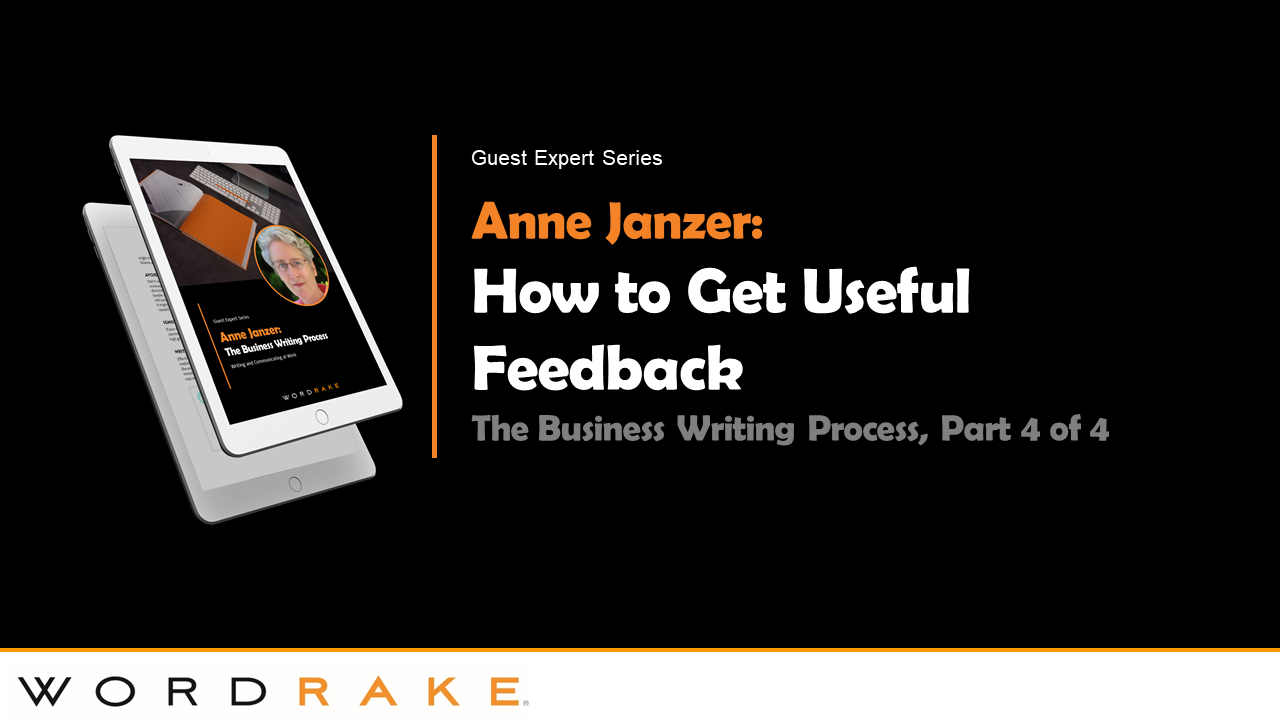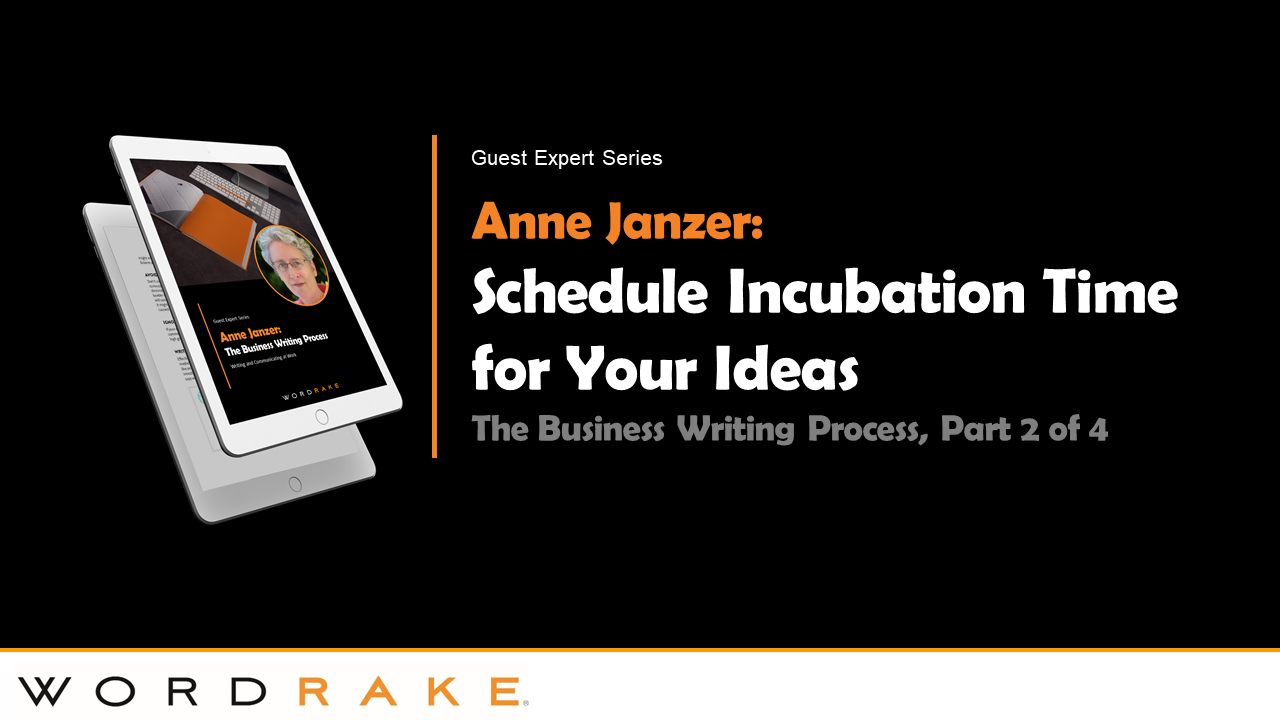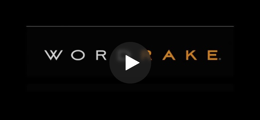No matter how many times you’ve done it, writing a proposal is always a little nerve-wracking. Whether you're applying for grant funding or pursuing professional services contracts, pressure to distinguish your organization from the competition and show your expertise is high.
Continue readingTerminology note: I’ll use the term “patients” to refer to people who have direct lived experience with a health condition and who receive services from the healthcare system. Different people may prefer different terms—like client, service user, and self-advocate, among others—depending on context.
Continue readingTerminology note: I’ll use the term “patients” to refer to people who have direct lived experience with a health condition and who receive services from the healthcare system. Different people may prefer different terms—like client, service user, and self-advocate, among others—depending on context.
Continue readingYou have carefully crafted your report, blog post, or project proposal, and now it’s time to get other people’s feedback.
Asking for feedback is never easy. Ideally, everyone will rave about how brilliant you are and maybe contribute one or two gems that make the work even better.
Realistically, you know you will receive feedback you don’t want to deal with. But you also know that it should improve the result. And perhaps your workplace requires review cycles or external approvals.
So you steel yourself and send the work out for review or approval, and wait for those responses.
And wait.
[Cue the sound of crickets.]
Continue readingYou need to write an important report or blog post. It’s a task like any other, right? You set aside a block of time and swear not to leave the desk until it’s done.
If you have high standards for your work, you may not be pleased with what you write. Being diligent, you keep going, perhaps banging your head against a metaphorical wall or flashing back to late night papers in college. It takes longer than you hoped to get to a decent draft and the process isn’t fun.
Does this sound familiar?
It gets worse. Because the experience was unpleasant, the next time you have a writing project, you put it off. (Who is eager to do something unpleasant?) Now you’re up against a deadline, perhaps working in the evening or weekend.
Thinking of writing as a single task puts too much pressure on the work and kicks off a vicious cycle that makes you avoid your writing projects. Break that cycle!
Continue readingTerminology note: I’ll use the term “patients” to refer to people who have direct lived experience with a health condition and who receive services from the healthcare system. Different people may prefer different terms—like client, service user, and self-advocate, among others—depending on context.
Continue readingTerminology note: I’ll use the term “patients” to refer to people who have direct lived experience with a health condition and who receive services from the healthcare system. Different people may prefer different terms—like client, service user, and self-advocate, among others—depending on context.
Continue readingI was in Boise, Idaho yesterday and you know how conservative that state can be and we went out for a walk to get a coffee and it was a cold day and within a quarter hour I must have seen 15 people with face piercings and green hair.
Confused? You’re not alone. The paragraph above is a mess. The language is straightforward, there aren’t any very long words, it’s written in the first person and it’s chatty. These are all hallmarks of writing in plain English, but… Did you understand it at first reading? Very unlikely. Apart from being badly punctuated, little thought has gone into how the information is presented. If ideas are jumbled and illogical, you’re in trouble.
Continue readingK.I.S.S.
Spotting plain English in a corporate report can be like finding Waldo! It’s because people often fear they’ll look stupid by presenting complex ideas simply. But, making information accessible is smart. In fact, it’s the whole point of communication. If your reader will need a dictionary to get through the first paragraph, it’s time for a rethink. Plain English will be your ally.
Be a straight shooter. Follow the K.I.S.S. design principle: “Keep It Short and Simple” (or more bluntly, “Keep It Simple, Stupid!”). Albert Einstein was on to something when he said, “Everything should be as simple as possible but not one bit simpler.”
An idea for a new project comes to you when you’re in the shower. Or you’re on the way home from work when you think of the perfect words to convince your executive team to fund your initiative.
Breakthrough insights and inspired ideas often appear when we’re far from our desks.
That’s no accident. It’s an artifact of the way that our brains work. In this post, we’ll look at how you can set up your brain to generate insights when you’re doing other things. (It’s like crowdsourcing within your own head. More on that below.)
Continue reading













